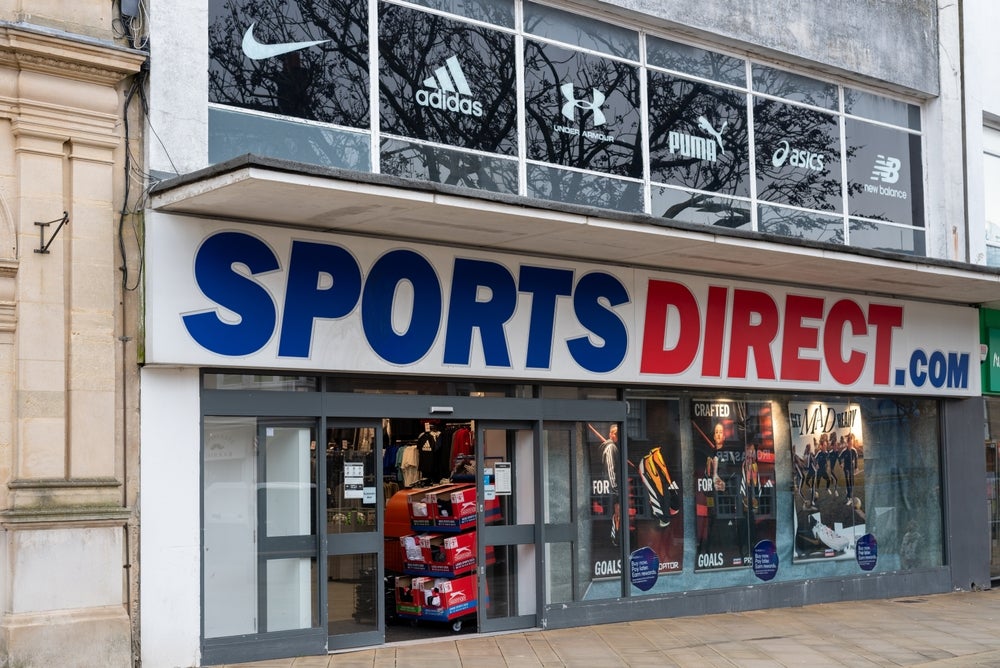The Science Based Targets initiative (SBTi)'s new suite of revisions and resources titled Financial Institutions' Near-Term Criteria V2 (FINT Criteria V2) will come into effect from 30 November 2024.
The organisation hopes the revisions will enable financial institutions (FIs) to set ambitious near-term emission reduction targets as it is aligning its criteria with the SBTi Corporate Net-Zero Standard. This means increasing its minimum scope 1 and 2 mitigation ambition from well-below 2°C to 1.5°C.
For financial firms with approved targets, the timeframe window for reducing Scope 1 and 2 emissions has been shortened from 5-15 years to 5-10 years.
SBTi plans to host two webinars on 12 June 2024 to provide an overview of its new resources.
The updated criteria also aims to:
- Enhance clarity, actionability and usability regarding existing criteria.
- Streamline coverage requirements.
- Introduce criteria for the new Fossil Fuel Finance Targets method option to disclose, halt, transition and phase out FIs’ fossil fuel–related activities.
As the revisions won't come into effect until later this year SBTi says all financial institutions that submit targets before this date can choose to be assessed against either FINT Criteria V2 or the Criteria and Recommendations for Financial Institutions Version 1.1.
However, financial institutions that have SBTi-validated targets must update their targets against the latest criteria within five years from their validation date.
The SBTi is also developing a Financial Institutions Net-Zero Standard to enable financial institutions to develop both near and long-term science-based targets in line with net-zero. It says further updates on this work are expected in the coming months.
The SBTi Financial Institutions’ Near-Term Criteria Version 2.0 original framework for the financial sector was first unveiled in 2020. It aims to help banks, investors and insurance firms verify that their climate targets were Paris-Agreement-aligned.
The SBTi defines a financial institution as an entity that generates 5% or more of its revenue from investment, lending or insurance activities.
Under the previous framework for approved targets, organisations had to commit to reducing their Scope 1 (direct) and Scope 2 (electricity-related) emissions at an annual rate of 4.2% to align with the 1.5°C pathway, or 2.5% annually for the 'well below 2°C' pathway.
The requirements for setting Scope 3 targets varied depending on the types of assets and investments held by the organisation.
SBTi targets are used by many apparel companies, including UK retailer New Look and US brand Levi Strauss & Co.
On 17 May SBTi announced it had approved Levi Strauss’ net zero targets for 2050.
















